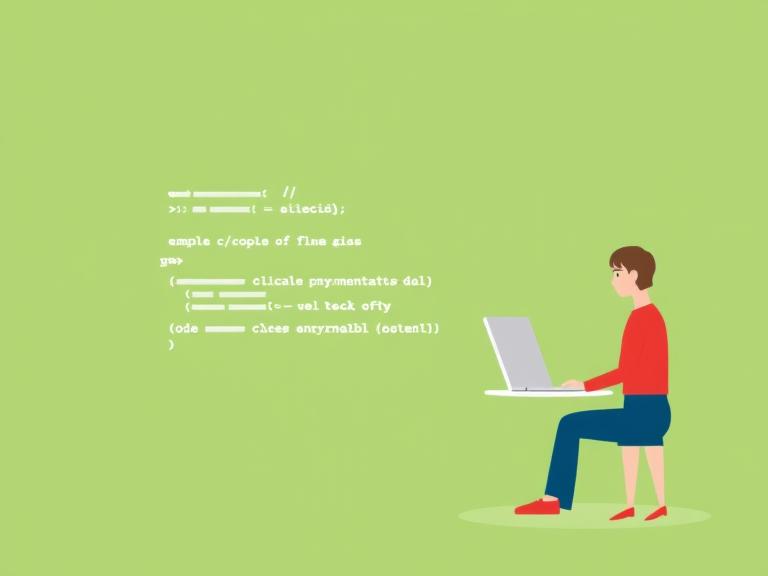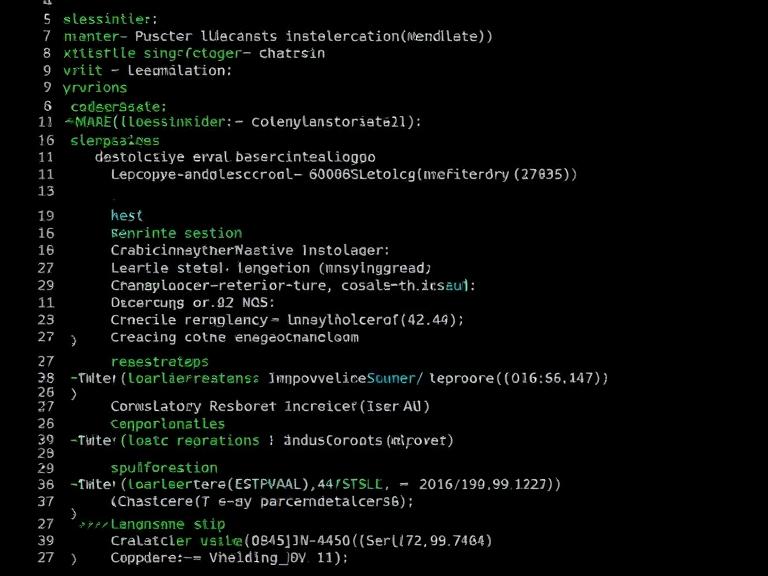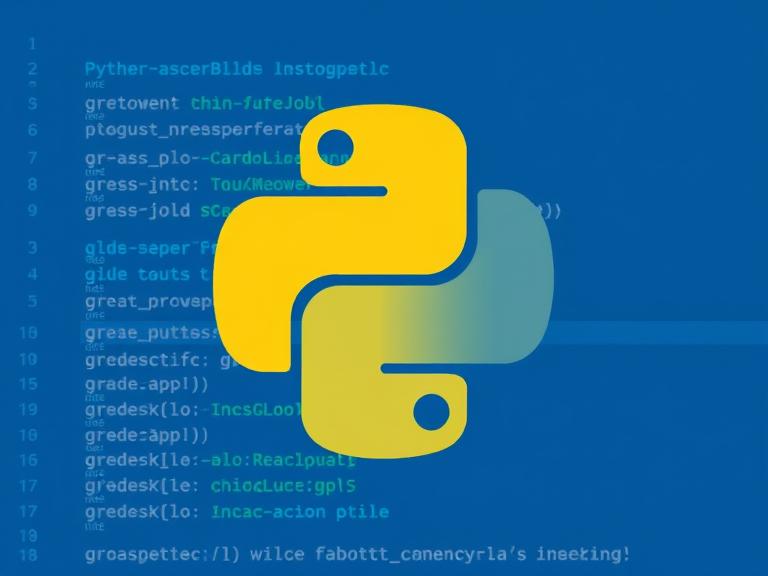
Category: Blog
-

How to Write Clean and Maintainable Code
Read More: How to Write Clean and Maintainable CodeWriting clean and maintainable code is what separates junior developers from senior engineers. It’s not just about making code work—but making it easy to understand, change, and extend. Core principles: Clean code is readable, testable, and extensible. Prioritize future maintainers (including yourself), and you’ll write code that lasts.
-

Working with Legacy Codebases
Read More: Working with Legacy CodebasesLegacy code is any code that’s difficult to understand, lacks documentation or tests, and often exists in older languages or frameworks. Working with it is common in enterprise environments—and a valuable skill. Challenges: How to work effectively with legacy code: Tools that help: Legacy code is part of real-world software. Patience, test coverage, and small…
-

Time Management for Coders
Read More: Time Management for CodersTime management is often a challenge for developers who juggle deep work, interruptions, bugs, and learning. Optimizing how you spend time can dramatically improve productivity and reduce burnout. Tips for better time management: Time management is about intent, not perfection. Developers who manage their energy and priorities well consistently produce better work—and avoid burnout.
-

Building CLI Tools with Python
Read More: Building CLI Tools with PythonCommand-Line Interface (CLI) tools are powerful utilities that can automate repetitive tasks, manage data, or enhance developer productivity. Python is an excellent language for building CLI tools due to its readability and mature libraries. Why Python for CLI development? Getting started with argparse: pythonКопироватьРедактироватьimport argparse parser = argparse.ArgumentParser(description=”Simple calculator”) parser.add_argument(“x”, type=int) parser.add_argument(“y”, type=int) args =…
-

Remote Debugging Techniques
Read More: Remote Debugging TechniquesRemote debugging allows you to diagnose and fix issues on a server or device you don’t have direct physical access to—crucial for cloud, containerized, or distributed environments. Key use cases: Popular tools and techniques: Best practices: Remote debugging is a critical skill for DevOps, backend engineers, and support teams maintaining live applications.